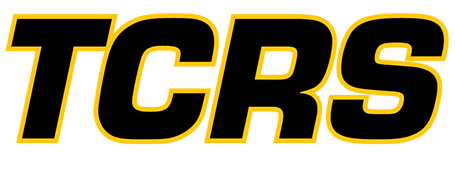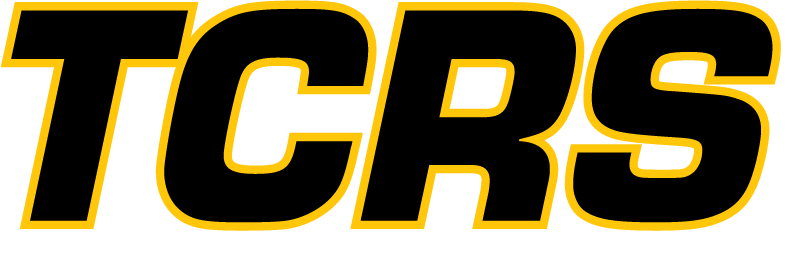Food Products Cooling and Quenching
The appearance, life, and taste of many fruits and vegetables are improved through chilling and quenching processes. Fish and meat processors also use flash freezing to arrest bacterial activity and improve taste and shelf life. Because of the seasonal nature of harvesting, many companies may find it more economical to rent chillers, rather than owning permanent systems. The drawing below suggests one possible configuration for a fruit quenching operation.
Fruit Quenching Application
Typical Applications:
Food products cooling and quenching opportunities exist for these customers:
Fruit and vegetable growers often “flash cool” or quench their produce immediately after harvest to increase shelf life and improve appearance.
Canneries and frozen food processors use rapid cooling after bottling, canning, and packaging fruit and vegetables.
Vineyards use refrigeration equipment to prevent heat deterioration in the field and packing sheds during grape harvests.
Breweries and wineries both require temperature control during production and bottling processes.
Meat packers and dockside fish processors rely on refrigeration systems to preserve their products.
Rental equipment typically used for food products cooling and quenching applications includes the following:
AC, chiller, and air handling modules ranging from 10 to 525 tons
Pump modules, circulation tanks, cooling tower or heat exchanger modules, strainers
Ducting, piping, and fittings
Engineering and supervision services
Installation and maintenance services
On-site operation and training
Discovery Questions:
Do you incorporate flash cooling or quenching to improve the shelf life, taste, and appearance of your fruit and/or vegetables? If not, how would these improvements affect your prices and revenue?
Could you improve your cash flow and balance sheet by renting a temperature control system during harvest periods, rather than investing in your own capital equipment?
What type of temperature control systems do you currently have in place? Are the systems scheduled for maintenance, repair, overhaul, or replacement?
Do you have an emergency backup plan in the event your temperature control systems fail?
Configuration and Installation Issues:
If chillers need to be located in the field near harvest activity, is there power available? If not, rental power units may also be required.
Be sure to carefully evaluate access and site conditions if the equipment is to be located in the field.
Wye strainers should be used to trap debris that washes from the product.
Be sure your heat exchanger meets cleanliness requirements.


